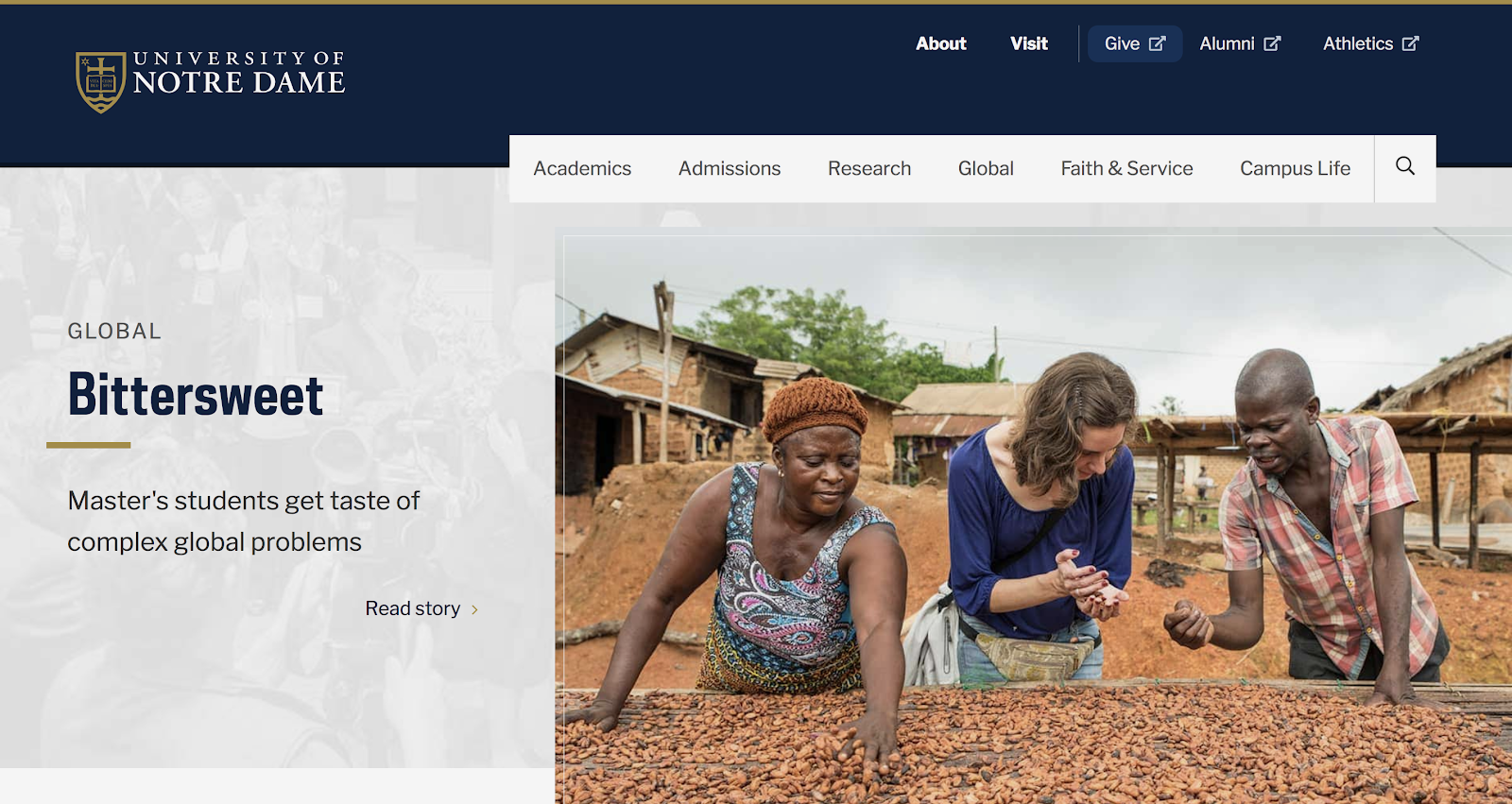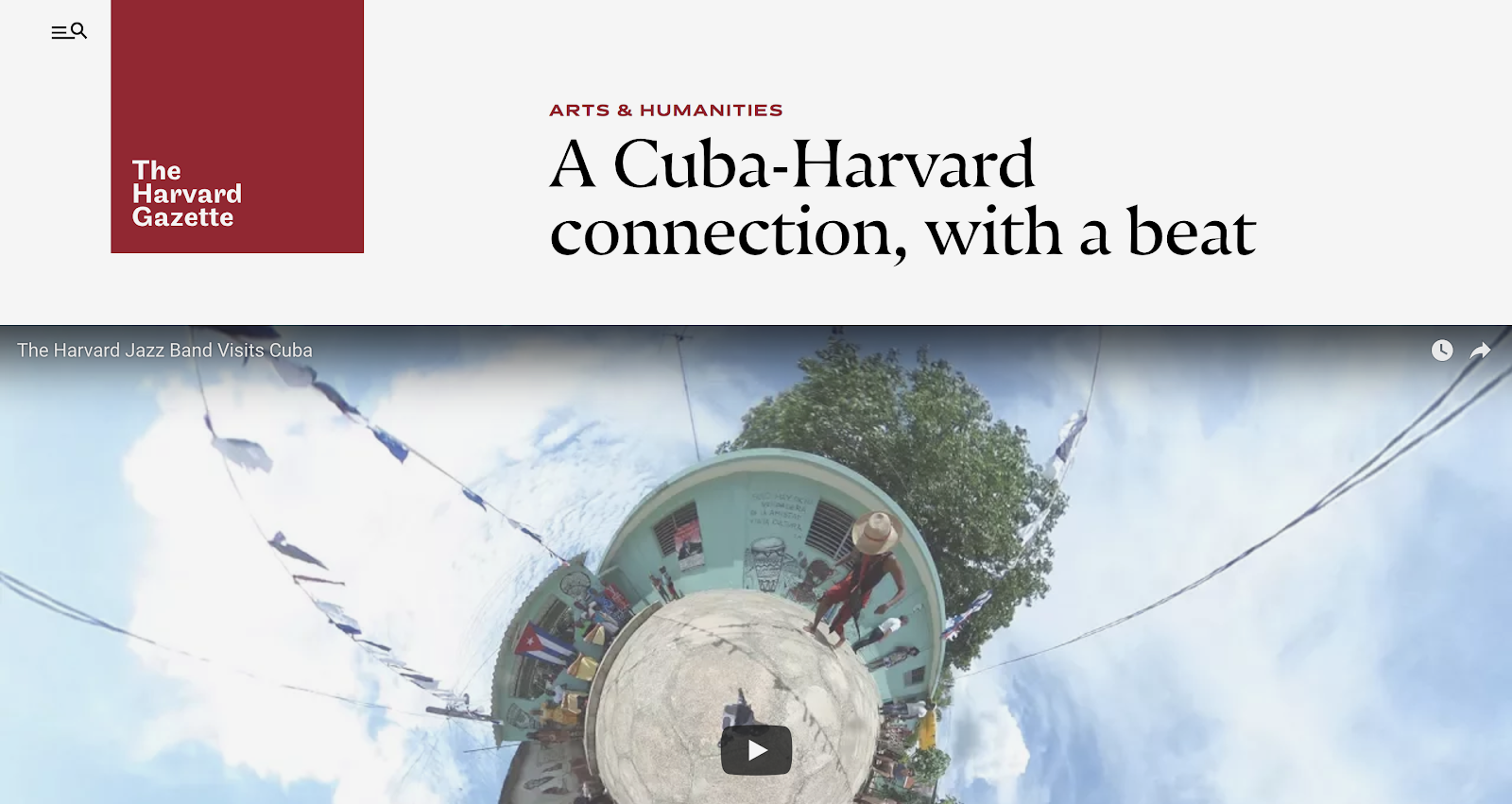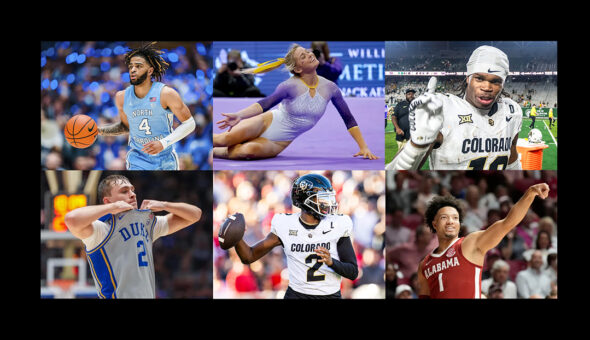A joint 2015 study by BuzzSumo and Moz, examining more than a million articles, found that long-form content (posts of over 1,000 words) consistently received more shares and links than shorter-form content.
Today, the devotion to long-form content remains strong. In Orbit Media’s 2018 blogger survey, the average reported article word count was 1151 words, the 5th straight year that the average blog post length increased. Even more interesting, there was a strong correlation between average article length and bloggers who reported “strong results” from their efforts, with more than half of the bloggers who write 2000+ word articles reporting such results.
Long-Form in Higher Education
And yet, within higher education, long-form content can be difficult to find. In eCity’s own research earlier this year — exploring student and administrator-led blogs within higher ed — we found dozens of short-form or even text-free content samples for every long-form approach.
That shouldn’t be particularly surprising. Many departments rely heavily on student bloggers to create content on behalf of the school. And without direction, those writers are more likely to keep things short; we found that most student blog posts came in around the 500-600 word mark.
Higher education marketers are also drilled with the idea that the primary or only way to reach and influence traditional college prospects is through short-form, snackable content like gifs, social videos, and emojis.
68% of high school seniors complained about a website not having enough information in 2018, while 38% criticized a website’s lack of mobile-friendliness. Both options were more heavily criticized than a website having too much content.
That ideal is partly rooted in truth — research on high school juniors and seniors has shown a general move to social platforms that are built on videos and photos, like YouTube, Instagram, and Snapchat.
But part of that resistance to creating long-form content is based on shaky assumptions. In particular, the idea that prospective college students won’t engage with long-form content.
That’s partly due to what we know about how teens use technology. 95% of teens now say they have or have access to a smartphone, with 45% of teens saying they use the internet “almost constantly.” The idea here is that teens won’t engage with long-form content on a mobile device, which, paired with the knowledge that teens pretty much only use mobile devices, precludes them from engaging with long-form content.
But that’s too big a leap for several reasons. For starters, teens have far bigger issues with browsing higher education websites on mobile devices than the length of your content. In fact, 68% of high school seniors complained about a website not having enough information in 2018, while 38% criticized a website’s lack of mobile-friendliness. Both options were more heavily criticized than a website having too much content.
Beyond technology, however, there is an incorrect assumption that prospective college students today simply don’t have the attention span to engage with long-form content. Again, however, digging deeper shows that line of thinking hasn’t been confirmed by reputable sources. The main culprit here is the 2015 statistic that says teens today have an attention span of 8 seconds, less than a goldfish. That’s a cool stat to throw around in headlines, but when the BBC followed up on that statistic in 2017, they found that the science was a lot less clear.
Going Long: Four Schools Investing in Long-Form Content
Of course, one legitimate challenge to creating long-form content is that it takes additional resources, which can be a particularly difficult hurdle to overcome in higher education. But as the examples below will show, long-form can pay dividends, depending on your institutional goals. These three schools are all-in on long-form. After you see their work, you may be too.
University of Notre Dame
The University of Notre Dame launched their long-form storytelling initiative a few years ago, with the goal of becoming more intentional about the stories they told as well as how they told them. “We were inspired by the work being done by The New York Times, and their famous ‘Snow Fall’ feature that came out in 2012,” said Andy Fuller, Director of Strategic Content, who joined season one of the Hashtag Higher Ed podcast to discuss the platform. “We wanted to create a unit that took on the same look and storytelling as an enterprise.”
More recently, Notre Dame has doubled down on long-form storytelling, mixing in video and a dedicated podcast into the fold while giving their long-form content premium real estate on the institution’s new homepage redesign.










